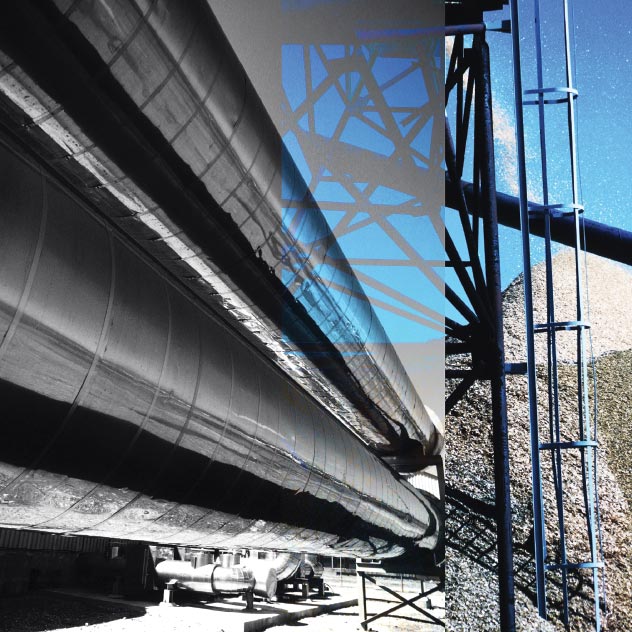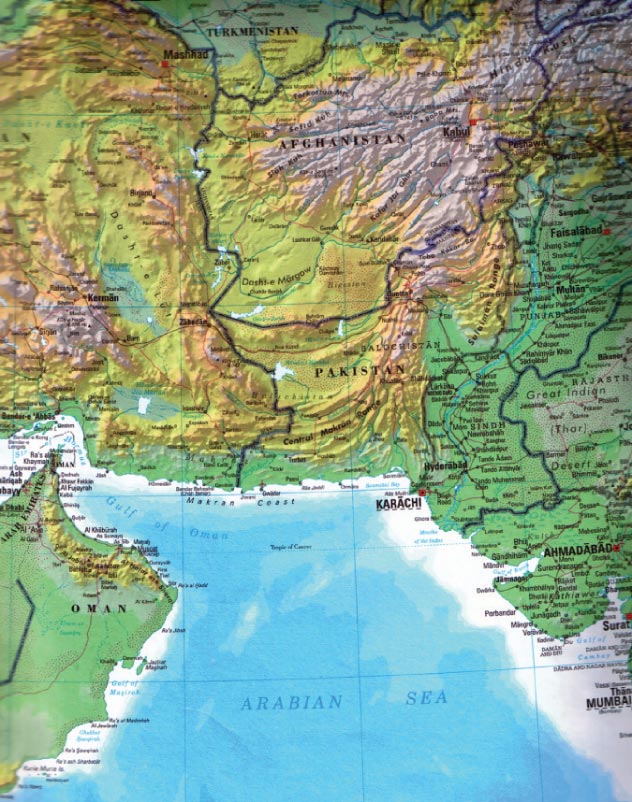|
|
|
ADVERTISEMENTS
|
|
PREMIUM
- HAPPY HOLIDAYS!
- Siliconeer Mobile App - Download Now
- Siliconeer - Multimedia Magazine - email-Subscription
- Avex Funding: Home Loans
- Comcast Xfinity Triple Play Voice - Internet - TV
- AKSHAY PATRA - Bay Area Event - Sat. Dec 6
- Calcoast Mortgage - Home Loans
- New Homes in Silicon Valley: City Ventures - Loden Place - Morgan Hill
- Bombay to Goa Restaurant, Sunnyvale
- Buying, Sellling Real Estate in Fremont, SF Bay Area, CA - Happy Living 4U - Realtor Ashok K. Gupta & Vijay Shah
- Sunnyvale Hindu Temple: December Events
- ARYA Global Cuisine, Cupertino - New Year's Eve Party - Belly Dancing and more
- Bhindi Jewellers - ROLEX
- Dadi Pariwar USA Foundation - Chappan Bhog - Sunnyvale Temple - Nov 16, 2014 - 1 PM
- India Chaat Cuisine, Sunnyvale
- Matrix Insurance Agency: Obamacare - New Healthcare Insurance Policies, Visitors Insurance and more
- New India Bazar: Groceries: Special Sale
- The Chugh Firm - Attorneys and CPAs
- California Temple Schedules
- Christ Church of India - Mela - Bharath to the Bay
- Taste of India - Fremont
- MILAN Indian Cuisine & Milan Sweet Center, Milpitas
- Shiva's Restaurant, Mountain View
- Indian Holiday Options: Vacation in India
- Sakoon Restaurant, Mountain View
- Bombay Garden Restaurants, SF Bay Area
- Law Offices of Mahesh Bajoria - Labor Law
- Sri Venkatesh Bhavan - Pleasanton - South Indian Food
- Alam Accountancy Corporation - Business & Tax Services
- Chaat Paradise, Mountain View & Fremont
- Chaat House, Fremont & Sunnyvale
- Balaji Temple - December Events
- God's Love
- Kids Castle, Newark Fremont: NEW COUPONS
- Pani Puri Company, Santa Clara
- Pandit Parashar (Astrologer)
- Acharya Krishna Kumar Pandey
- Astrologer Mahendra Swamy
- Raj Palace, San Jose: Six Dollars - 10 Samosas
CLASSIFIEDS
MULTIMEDIA VIDEO
|
|
|
|
|
SUBCONTINENT:
Asian Gas Pipeline: The Energy Triangle
Now that the U.S. nuclear deal has been signed, New Delhi is ready to back the proposed gas pipeline from Iran, writes Siddharth Srivastava.

The Iran-Pakistan-India gas pipeline has been a project under intense scrutiny in the last couple of years.
While both India and Pakistan are countries in desperate need for energy sources, strategic compulsions, suspicions and disagreements in price and tariff have hampered progress so far.
Indications, however, are that the Iran-Pakistan stretch of the pipeline may take off soon, while India, with the Indo-U.S. nuclear agreement done, is also giving it a serious look.
Officials in India’s foreign ministry say that the culmination of the Indo-U.S. nuclear pact may lead to a more determined push by New Delhi for the pipeline, with an independent and balanced foreign policy, unencumbered by the dictates of America.
It may be recalled that Washington has all along been opposed to IPI due to Iran’s persistence with an independent nuclear program that America fears will also involve nuclear weapons.
Apart from these issues, America and even China have been uncomfortable with an energy grid and interdependence that would span Iran, Pakistan and India.
India has been averse to talk of the pipeline being turned to China.
Both Islamabad and Beijing have expressed interest in such a possibility, despite a cost escalation in the project. The former has been frustrated by New Delhi’s dillydallying on the pipeline.
Earlier this month, Pakistan reiterated its invitation to China to join the project. On return from a visit to China Pakistan Foreign Minister Shah Mehmood Qureshi said: “If it is IPI, it can be IPC (Iran-Pakistan-China).”
With general elections scheduled in India next summer the Manmohan Singh-led UPA government is keen to keep the anti-U.S. voter sections, especially the Muslims, happy, thus bringing the IPI into focus again.
Recently, India’s petroleum secretary R.S. Pandey said: “Negotiations are due (on IPI) but we are on the right line toward progress. Officials of the three countries will meet soon,” but did not specify when.
India’s Foreign Minister Pranab Mukherjee visited Tehran in the first week of November to iron out issues related to the pipeline project.
According to officials, India has also started exploring ways to bring home the gas discovered by three state-owned oil companies, including explorer ONGC, in the Farsi offshore block in Iran.

The federal Petroleum Ministry is seeking legal opinion whether the consortium of Indian oil and gas companies can lay claim to the gas.
Indeed, many observers see New Delhi’s reticence till now as a fallout of keeping Washington happy.
So far, six meetings of the trilateral joint working group have taken place, with the last meeting in New Delhi, in June 2007.
India missed yet another meeting on IPI earlier this month when officials from Iran and Pakistan met in Teheran to discuss the revised project cost and a new pricing formula.
Frustrated, an Iranian official recently said, “There seems to be no urgency from India. Like last year, India has not joined Iran and Pakistan at the secretary-level meeting in Teheran.”
In April this year, Iranian President Mahmud Ahmadinejad, on a one-day visit to India, had said: “All pending issues and agreements (over the IPI) will be finalized within 45 days and given to the leadership of the three countries. Afterwards we will decide.”
The deadline is well past.
However, Indian officials now say that, with the nuclear exemption granted to India by the Nuclear Suppliers Group, New Delhi would like to temper America’s opposition to the IPI via sops in defense deals and civilian nuclear power contracts estimated to be in the range of $100 billion.
Indeed, the strategic equations are changing at a rapid pace.
The new Pakistan government, under pressure to perform amid rising energy scarcity, has also been keen to implement the IPI project.
Recent reports from Islamabad say that Pakistan and Iran have decided to go ahead with the tri-nation pipeline bilaterally, which India could join at its “convenience.”
Indian news agency PTI said that the decision was taken during talks between Pakistan’s foreign minister and his counterpart.
It is also apparent that both Pakistan and Iran are keen that India joins. Both stand to benefit — the former through transit fees and latter due to sale of more gas.
Should the pipeline be turned to China, there is the inhospitable and mountainous terrain that will not be easy to traverse.
Following the recent meeting of the foreign ministers, an official statement quoted Pakistan Prime Minister Yousuf Raza Gilani saying: “Pakistan wants the gas pipeline project should be initiated bilaterally between Pakistan and Iran while India could join afterwards whenever it so desires.”
Tehran, given the prospects of more business, meanwhile, has made it apparent that it is keen that New Delhi joins in at the earliest. In an unprecedented push, Tehran has told India that it would guarantee against any security breaches in the Pakistan stretch of the pipeline.
Officials in India have confirmed reports that in one of its gas supply purchase agreement proposals with Pakistan, Tehran has conveyed to Islamabad that should there be a deliberate cut off of supply of gas to India by Pakistan, Iran would snap supply to Pakistan by the same volume.
Islamabad has so far not reacted to the new condition. India has been concerned about Pakistan controlling its crucial energy supply line, given the hostile relations between the two countries in the past.
The pricing issue will also need to be sorted out.
Since mid-2007 the project has been deadlocked over New Delhi’s concerns about security and the transit and transportation tariff to be charged by Pakistan for the Iranian gas sent to India.
Earlier, India and Pakistan agreed to pay Iran $4.93 per million British thermal units (mBtu). However, with the price of oil currently much higher, Iran has indicated that the price of gas at the India border could now be above $10 per mBtu.
The long-delayed $7.5 billion, 2,700-kilometer-long IPI has been in discussion for almost two decades. The pipeline is to begin from Iran’s Assalouyeh Energy Zone in the south and stretch over 1,100 km through Iran.
In Pakistan, it is to pass through Baluchistan and Sindh and link up in Rajasthan and Gujarat in western India.
In the past couple of years, since the initiation of the India-Pakistan peace process, there has been a positive momentum to the project.
According Indian official estimates, the IPI will supply 60 million cubic meters of gas per day, during Phase I, to be shared equally between India and Pakistan. In Phase II, 90 MCMD of gas will be supplied.
Though private sector Reliance Industries is scheduled to begin new gas supplies soon that will ease pressure, officials say that India will need to tap every source, given the rapidly growing demand that could rise to 400 MCMD by the year 2025.
|
 Siddharth Srivastava is India correspondent for Siliconeer. He lives in New Delhi. Siddharth Srivastava is India correspondent for Siliconeer. He lives in New Delhi.
|
|
|
|
|
|